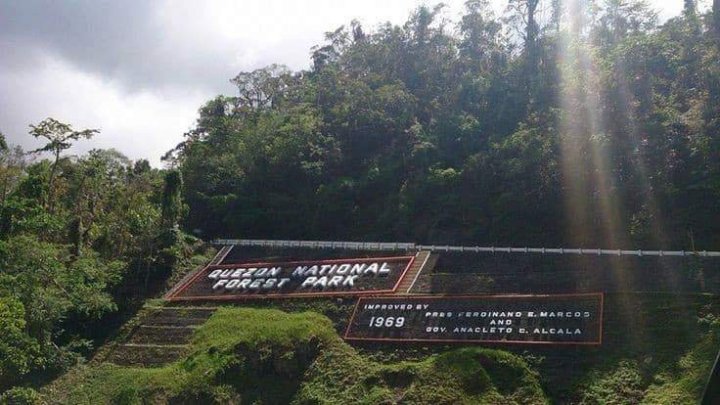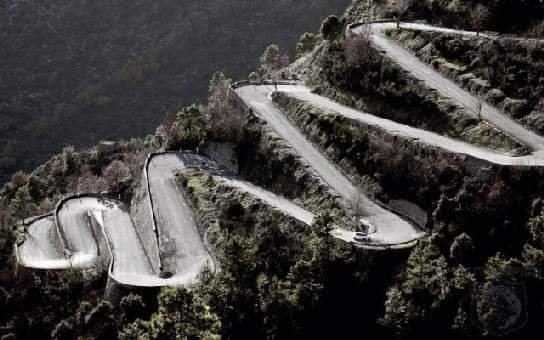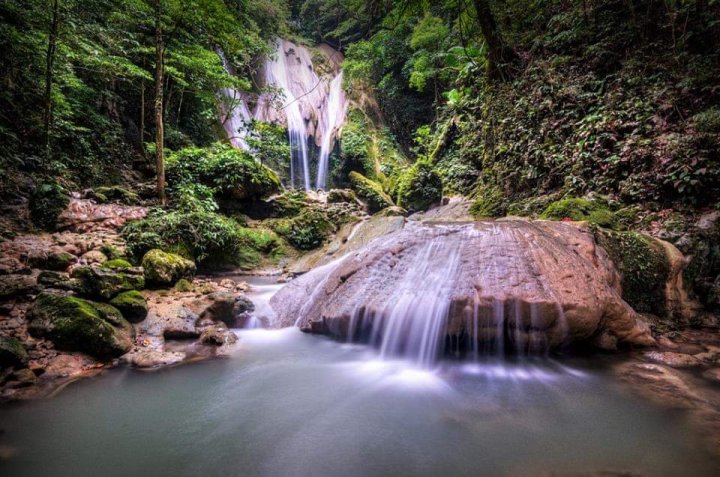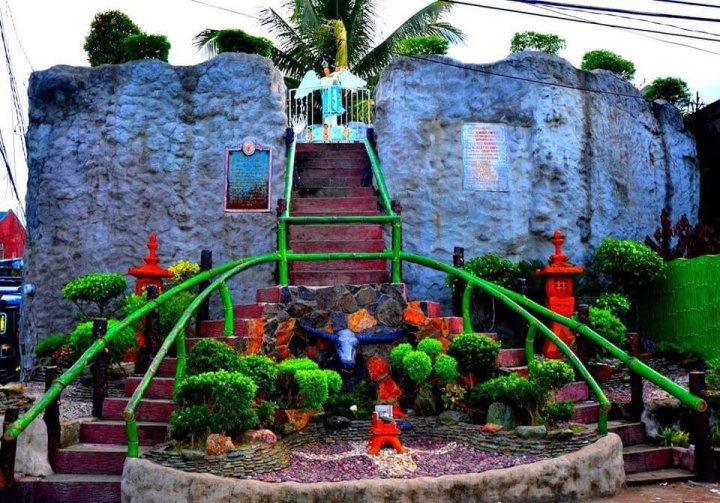Written by Alec Jurgen C Soler

Bounded by the municipalities of Gumaca, Plaridel, Pagbilao and Padre Burgos, Atimonan Quezon is a fast-growing town known for its cleanliness, beautiful beaches, many historical and natural scenery and most of all warm and peace-loving people

The municipality of Atimonan was founded on February 4, 1608. But still, there were conflicting stories on how Atimonan got its name. Some concluded that the name Atimonan originated from a tree known as Atimon although these trees are now extinct and its non-existence could not be accounted for.
Others say it came from the words “atin muna “ signifying a policy, unity of feeling and sentiments among the residents that bolster their spirit in the fight against their enemies during that time.

But the most popular version is that it originated from the name of its founder, Simeona Mangaba, known to her town mates as Ate Monang. She founded the town on February 4, 1608 along the banks of the big Maling River, now known as Atimonan River. She is a woman reputed to be of unquestionable leadership, which the people regarded as their adopted parent , leader and protector. The story goes on with a little boy who encountered a group of Spanish Colonial Soldiers. The Soldiers asked the child for the name of the town. The child, probably scared of unfamiliar faces, ran while shouting “Ate Monang! Ate Monang” again and again. Because of that little incident the town was called Ati Monan.
HOW TO GET THERE
Atimonan is four hours away from Manila. To get there, go to the Cubao bus terminal and look for trips that will take you directly to the town. Biyahero tip: The earlier you travel, the better. There are many road constructions on the way to Atimonan so it is advisable to go there when the traffic is light. Once you’re in town, you simply need to hail tricycles to get to your destination.
PLACES YOU SHOULD VISIT
1. Quezon National Park

Built during the American period, the Forest Park is one of the oldest protected areas in the Philippines. It has an area of about 9,830,765 hectares. It has an intricate system of caves, waterfalls, springs, creeks, gorges, and ravines against a quaint backdrop of lush greenery. Local folks say that the park is full of flora and fauna from butterflies to birds and monkeys tugging along their young, while crossing the street.

Trees are so tall and huge that the zigzag road is relatively dark. The park is also the site of Pinagbanderahan, a place where the Filipino Revolutionaries planted the Philippine flag in their fight against the Spanish colonizers. It can be reached by walking for about one hour from the road to the top of a ridge.
2. Mt Pinagbanderahan

One of the highlights of Quezon National Forest Park is Mt. Pinagbanderahan, a historic site which literally means “where the flag was hoisted” – alluding to its significant role as a beacon where the Philippine flag was raised in the Philippine Revolution – and thereafter it witnessed the American and Japanese flags being raised in its heights before finally the Philippine flag reclaimed its proper place in 1946. The historical relevance, is therefore undeniable.

The peak is s a perfect vantage point to view Mt. Banahaw (W), the islands of Marinduque and Mindoro (S), as well as the major towns and cities of Quezon, like Lucena, Pagbilao, and Tayabas. Moreover, environmentalists have acclaimed the excellent biological virtues of this peak, saying that it is a unique example of a lowland rainforest and that the karst vegetation found in the hills.
3. Bantakay Falls

Bantakay Falls is still part of the Quezon National Park. It is very majestic and one of a kind waterfalls in Quezon Province. Once you reached Bantakay Falls, you will see the surreal beauty of it. The amazing light turquoise color of the catch basin is fantastic. The green plants surrounds the waterfalls made the scenic view stunning. You’ll also have the chance to experience the pinch like feelings on your feet caused by the small shrimps living in this basin.

You’re blessed to witness how beautiful our world is.
4. Iskong Bantay Watchtower

Iskong Bantay is the lone watchtower left in Atimonan, Quezon. According to the historical marker, there used to be seven built in 1752 which served the town as a lookout and defense structure from muslim slave raiders who ravaged these parts, and most of the Philippines. The tower was also served as a weather obserbatory, which determines if the fisherman of the town could do their jobs or not.

It was named after the chief defender of the town, named Francisco Tandas, popularly known as Iskong Bantay, who saw action during the raid in 1872. His courage during the raid earned him the respect of the people of the town. Hence, he was called Iskong Bantay or Isko the Guardian.
5. The Lonely Mermaid of Atimonan

The mermaid of Atimonan is less than a hundred meters from the Atimonan port, in Barangay Angeles, and its possible to walk up the monument via a worn down cement step from the road.